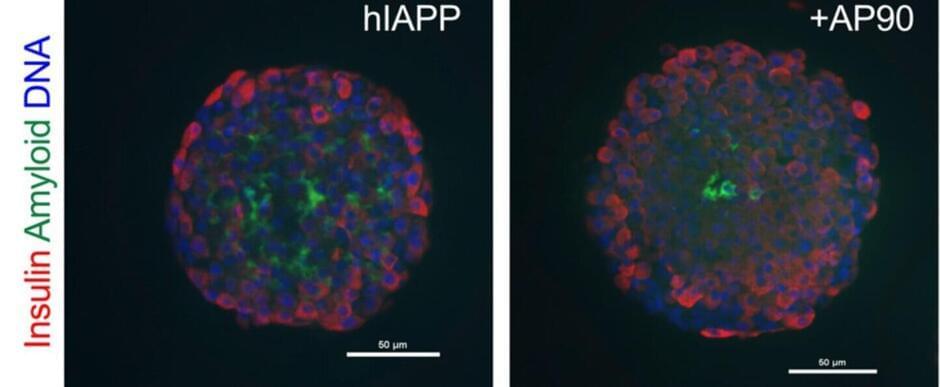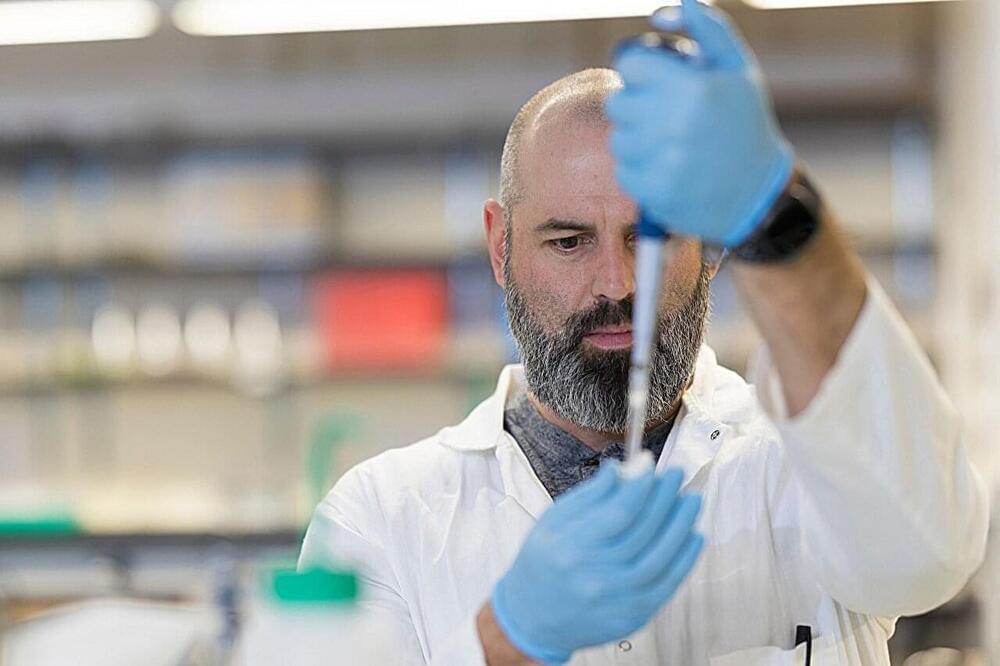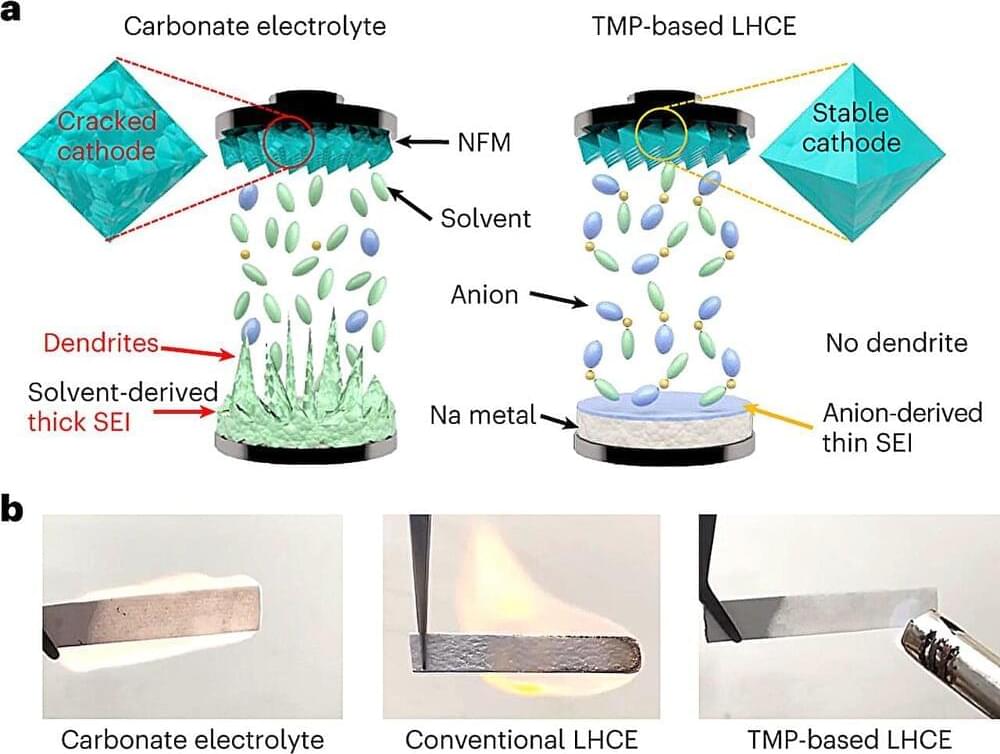Hong Kong’s public transportation landscape undergoes a revolutionary transformation with the deployment to service of a cutting-edge zero-emission hydrogen bus today. The first-ever hydrogen double deck bus has commenced service on our Route 20, marking a remarkable achievement and the next step in the transition of Hong Kong’s rich transport history as it takes to the road with customers on board, following our previous debut of Hong Kong’s first ever electric double deck bus two years ago. We eagerly anticipate reaching even more significant milestones in the near future, as the hydrogen bus will expand its operations to two additional routes in the next phase, underscoring our leading position in the public transport zero-emission space and making a further transformation for citizens and travellers in the vibrant heart of Kowloon.
Our hydrogen double deck bus, which is operated from and refuelled at Hong Kong’s first hydrogen refuelling station in our West Kowloon Depot, embarks on its first journey at 11:00am today. We were proud to welcome many joyful bus and transport enthusiasts on board the bus and share in the joy by handing out some certificates and gifts to commemorate this historic moment – “The Future is H2re”. Serving Route 20, the hydrogen bus will travel from Kai Tak (Muk On Street) to Cheung Sha Wan (Hoi Tat), offering in the initial phase a daily schedule of 6 to 8 trips.
Roger Ma, General Manager (Operations) of Citybus expressed his pride in the groundbreaking achievement of our “#MissionZero” campaign. “We take great pride as a company in serving the citizens of Hong Kong every day and in debuting Hong Kong’s first ever hydrogen double deck bus, which will shuttle through the bustling heart of Kowloon, encompassing the districts of Sham Shui Po, Yau Tsim Mong, and Kowloon City. In the next phase, our hydrogen bus will expand its service coverage to include Routes 20A and 22M.These three routes, include two prominent trunk routes, serve as core routes for Citybus, enabling us to gather further invaluable operational insights into real-world scenarios, including differing traffic conditions, weather factors and performance.”









